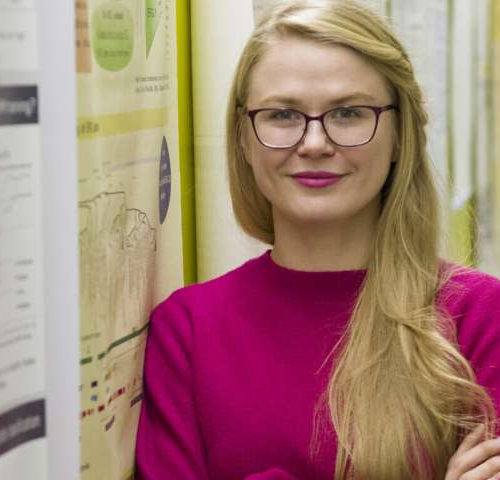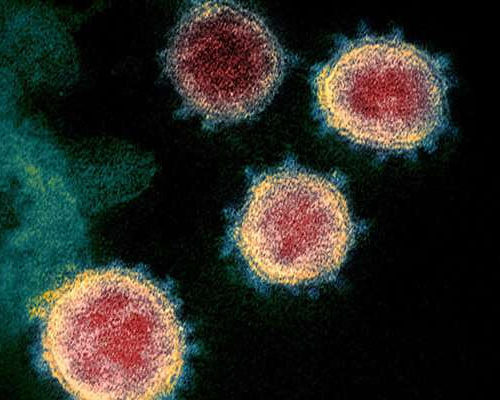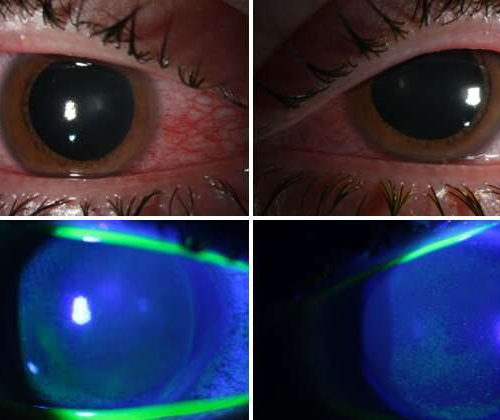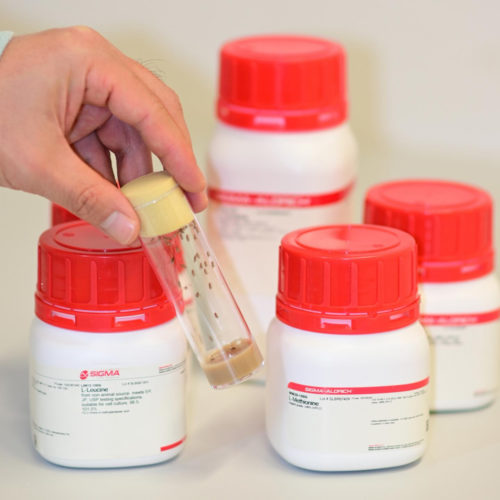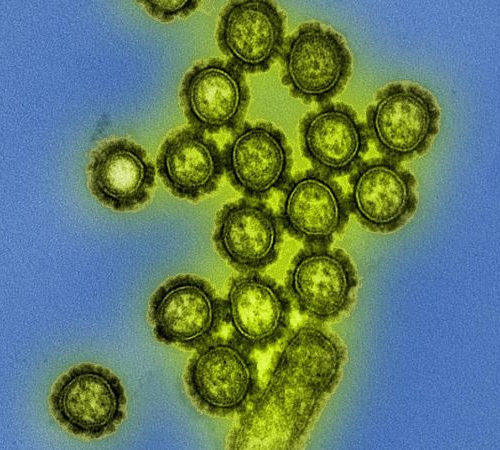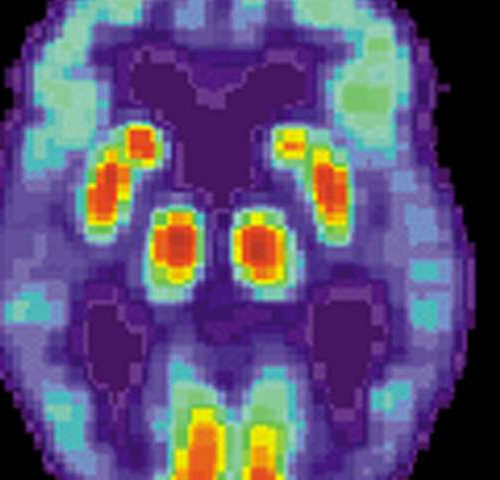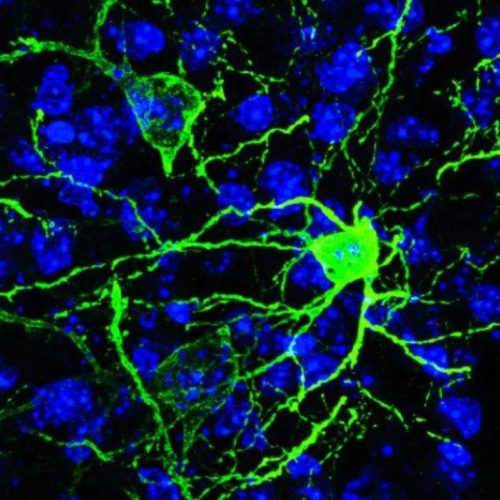by Estonian Research Council Triin Laisk, a Senior Research Fellow at the Estonian Genome Center. Credit: Reedik Mägi Researchers at the Estonian Genome Center at the University of Tartu have described hitherto undiscovered associations between miscarriage and maternal genes. They have published their findings in Nature Communications. Miscarriage is the most common complication of pregnancy, affecting...
SARS-CoV-2 mutations do not appear to increase transmissibility
by University College London A colorized scanning electron micrograph of the SARS-CoV-2 virus. Credit: NIAID None of the mutations currently documented in the SARS-CoV-2 virus appear to increase its transmissibility in humans, according to a study led by UCL researchers. The analysis of virus genomes from over 46,000 people with COVID-19 from 99 countries is published...
COVID’s collateral damage: Germicidal lamps may damage corneas
by University of Miami Leonard M. Miller School of Medicine Injected conjunctiva (redness) of the right and left eye (top row)Diffuse staining of the cornea with green dye indicating epithelial damage (bottom row). Credit: Bascom Palmer Eye Institute In a paper published in the journal of Ocular Immunology and Inflammation, physicians from the Bascom Palmer Eye Institute...
Sestrin makes fruit flies live longer
Researchers identify positive effector behind reduced food intake IMAGE: FRUIT FLIES IN A VIAL IN FRONT OF AMINO ACIDS. CREDIT: MPI F. BIOLOGY OF AGEING/ SEBASTIAN GRÖNKE AND YU-XUAN LU Reduced food intake, known as dietary restriction, leads to a longer lifespan in many animals and can improve health in humans. However, the molecular mechanisms...
New study explains important cause of fatal influenza
Posted Today It is largely unknown why influenza infections lead to an increased risk of bacterial pneumonia. Researchers at Karolinska Institutet have now described important findings leading to so-called superinfections, which claim many lives around the world every year. The study is published in the journal PNAS, Proceedings of the National Academy of Sciences, and can...
DRUG LETS KIDS WITH TYPE 1 DIABETES PRODUCE INSULIN
2020POSTED BY ELLEN GOLDBAUM-BUFFALO “During the period just after diagnosis, called partial remission or the honeymoon period, patients are still able to make some insulin on their own,” says Teresa Quattrin. “That is the period we have targeted with this study of golimumab.” (Credit: Getty Images)SHARE THIS ARTICLE Facebook Twitter Email You are free to share this...
UB researchers uncover new functions in ataxin 3 gene that causes Machado
Reviewed by Emily Henderson, B.Sc.Nov 25 2020 Ataxia is a minority disease with genetic origins, known for its neuromuscular alterations due to the selective loss of neurons in the cerebellum, the organ of our nervous systems which controls movement and balance. UB researchers have identified new functions in the ataxin 3 gene (ATXN3) -which causes Machado-Joseph disease, the...
Team uses copper to image Alzheimer’s aggregates in the brain
by Diana Yates, University of Illinois at Urbana-Champaign PET scan of a human brain with Alzheimer’s disease. Credit: public domain A proof-of-concept study conducted in a mouse model of Alzheimer’s disease offers new evidence that copper isotopes can be used to detect the amyloid-beta protein deposits that form in the brains of people living with—or at...
Fear response neurons identified as potential anxiety treatment target
By Michael Irving November 24, 2020 Facebook Twitter Flipboard LinkedIn Pnoc neurons (green) have now been linked to physiological fear responses, and could be a potential target for new anxiety treatments Hiroshi Nomura, PhDVIEW 1 IMAGES Researchers at the University of North Carolina (UNC) School of Medicine have discovered a set of neurons in the...
Extraction of largely-unexplored bodily fluid could be a new source of biomarkers
by Georgia Institute of Technology Interstitial fluid (right) may provide an alternative source of biomarkers compared to blood (left) that could be useful in diagnosing human illness. Credit: Allison Carter, Georgia Tech Using an array of tiny needles that are almost too small to see, researchers have developed a minimally-invasive technique for sampling a largely-unexplored human...

